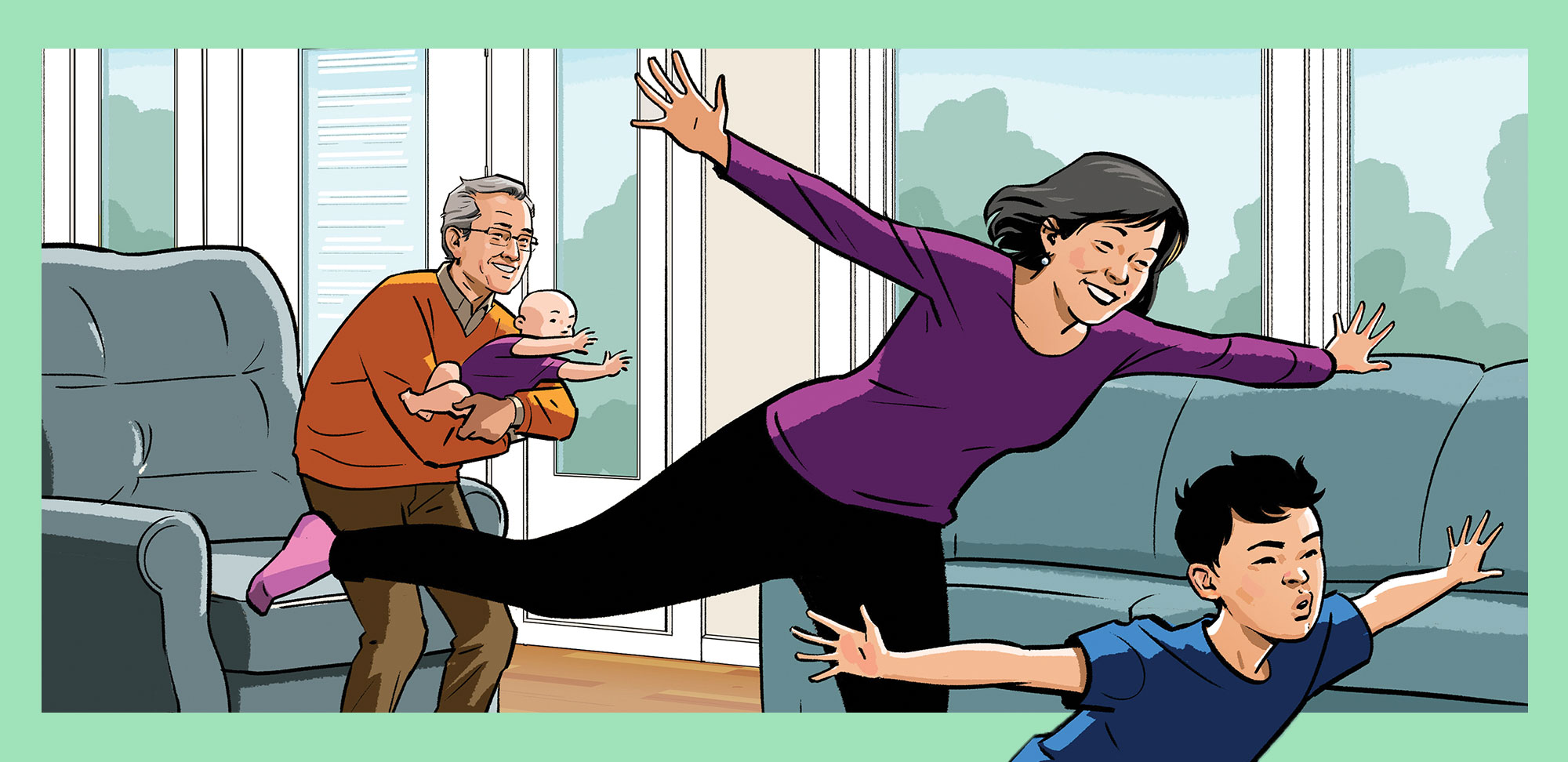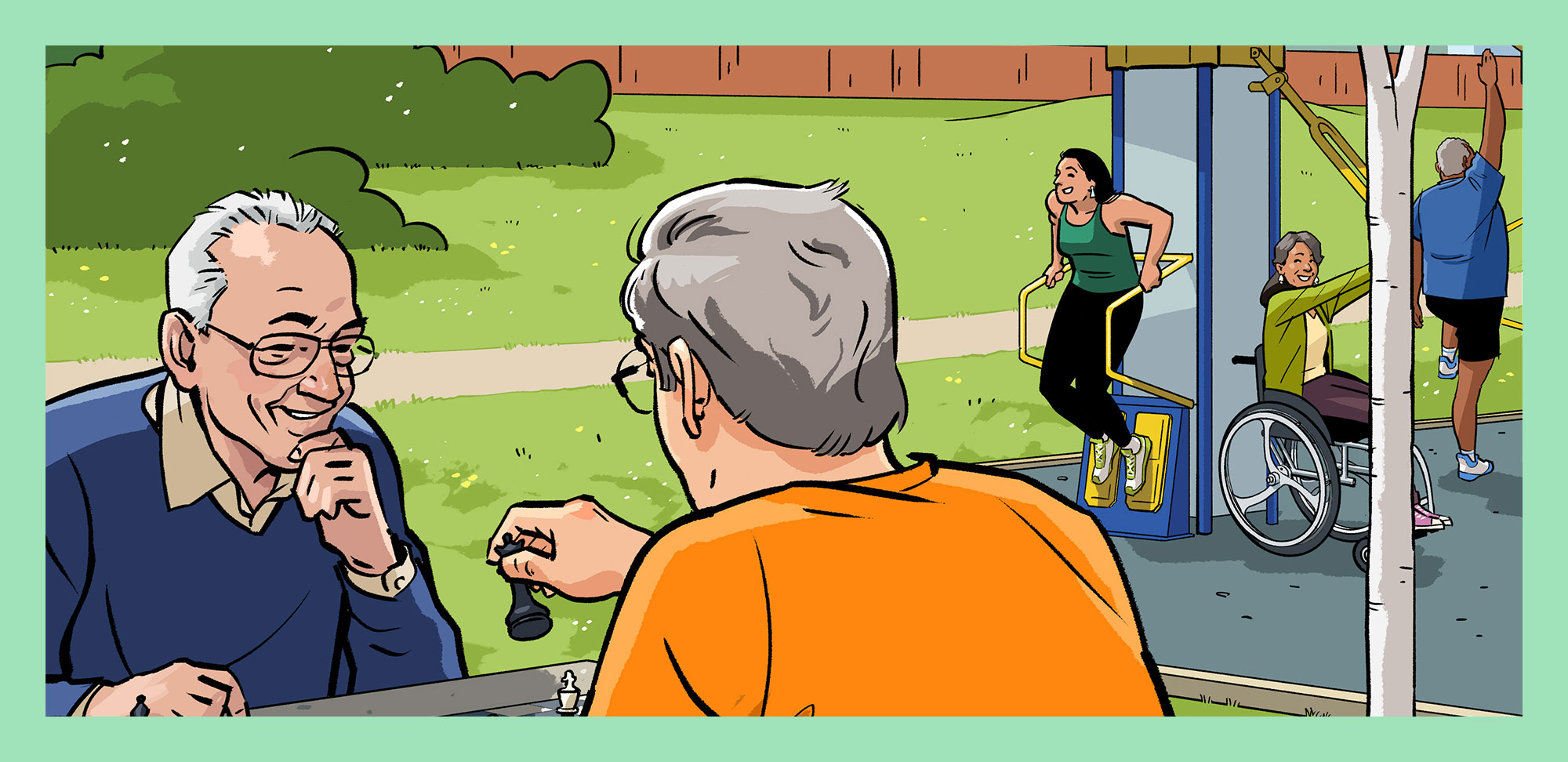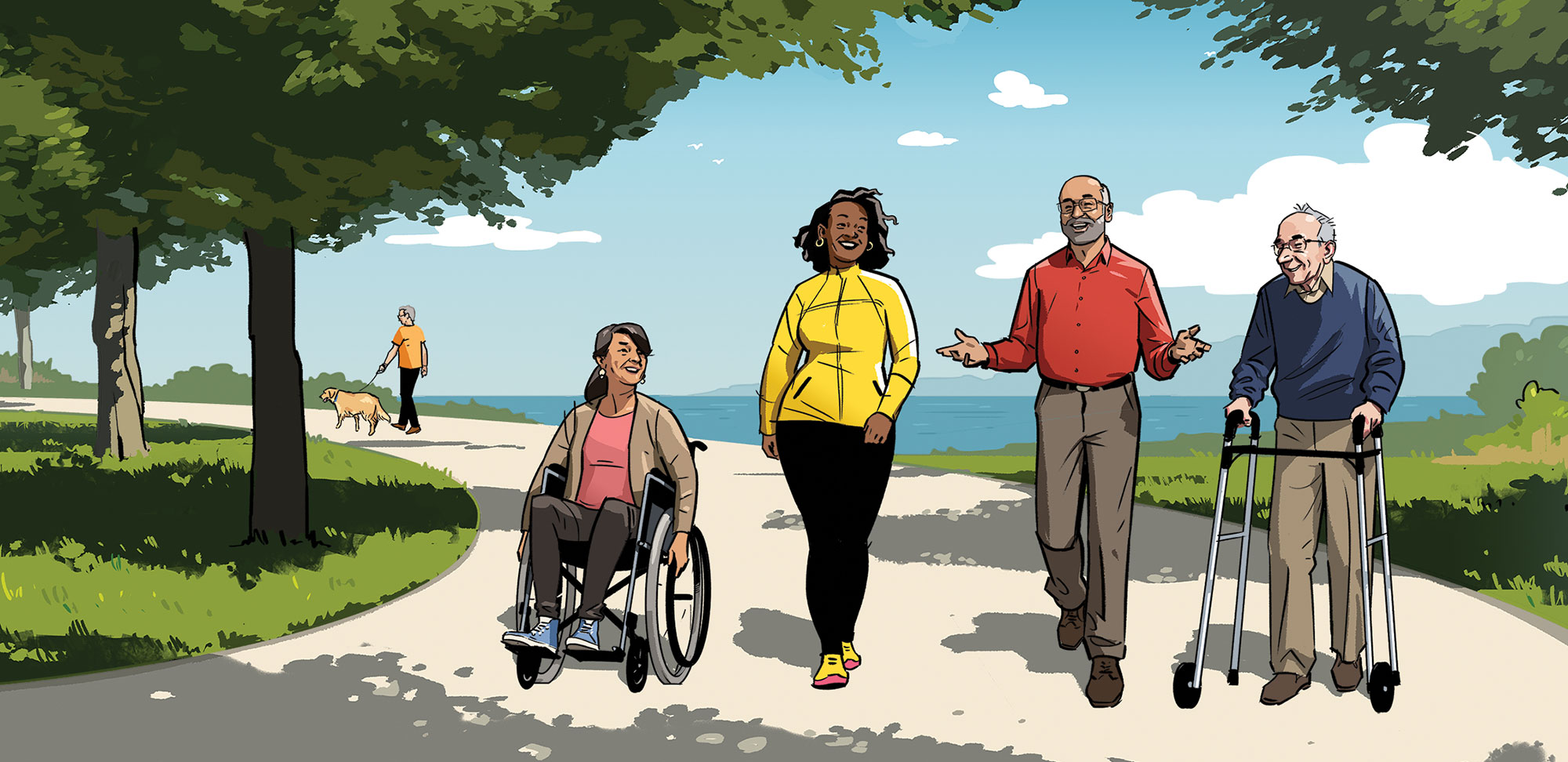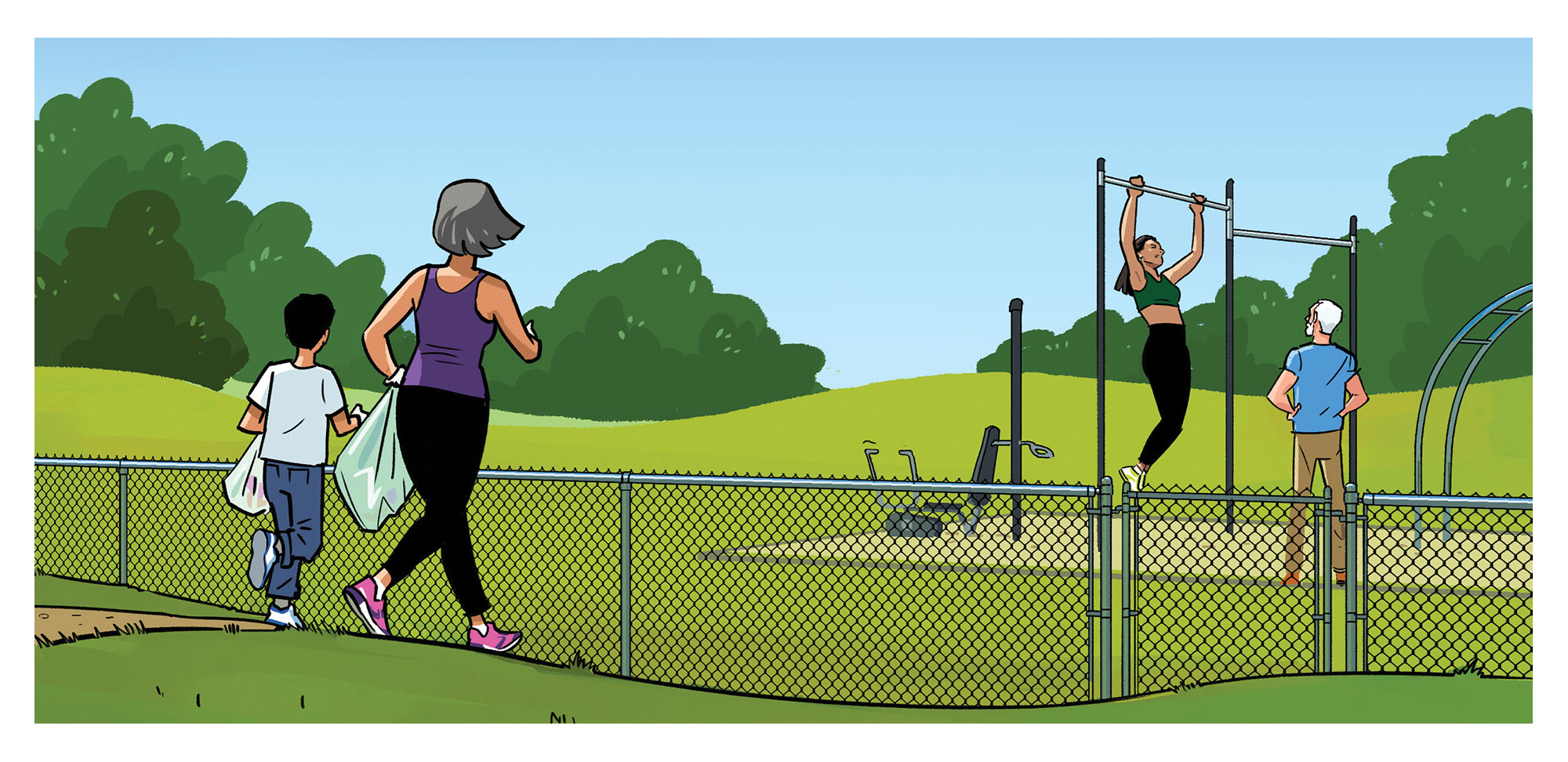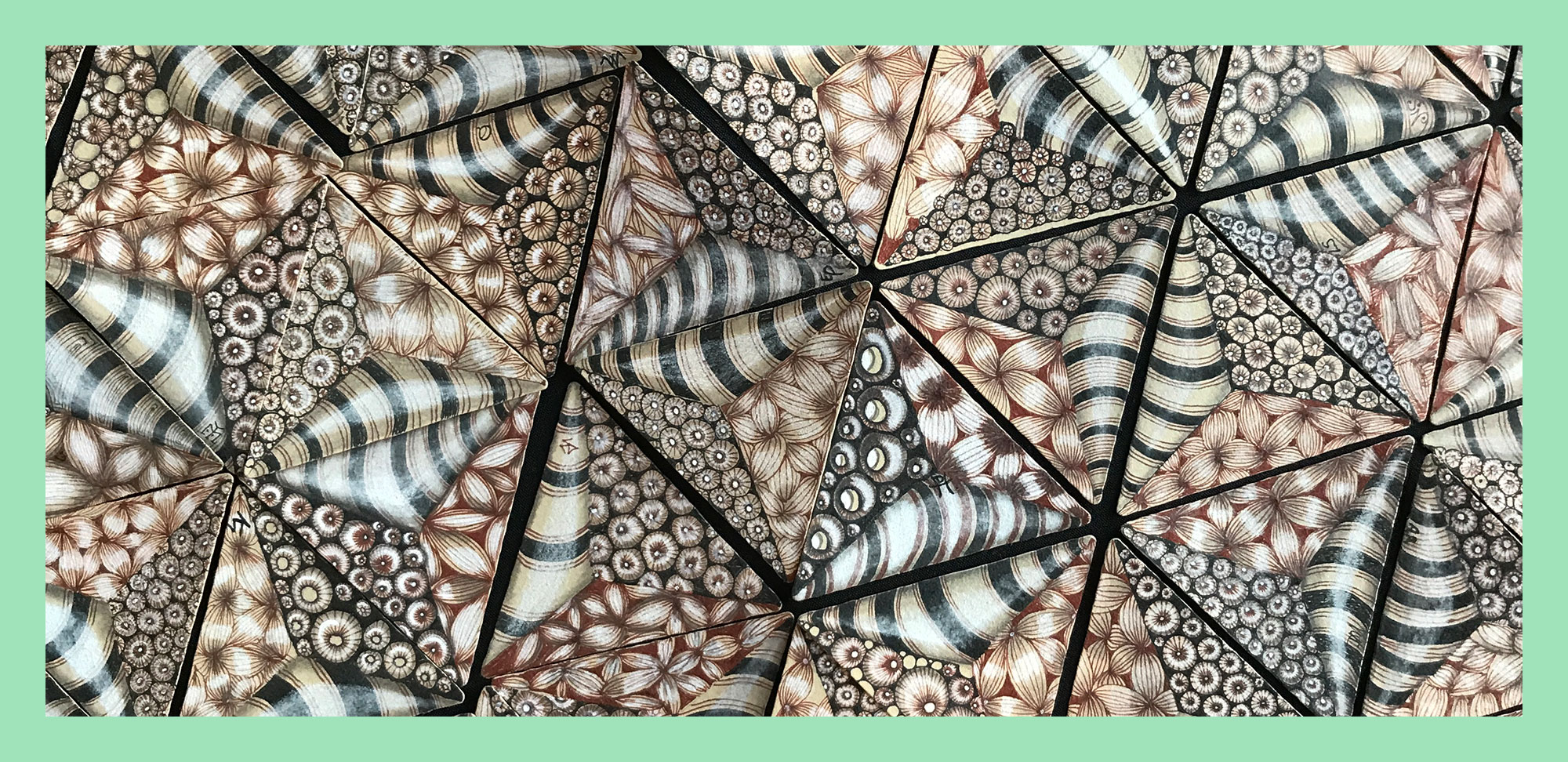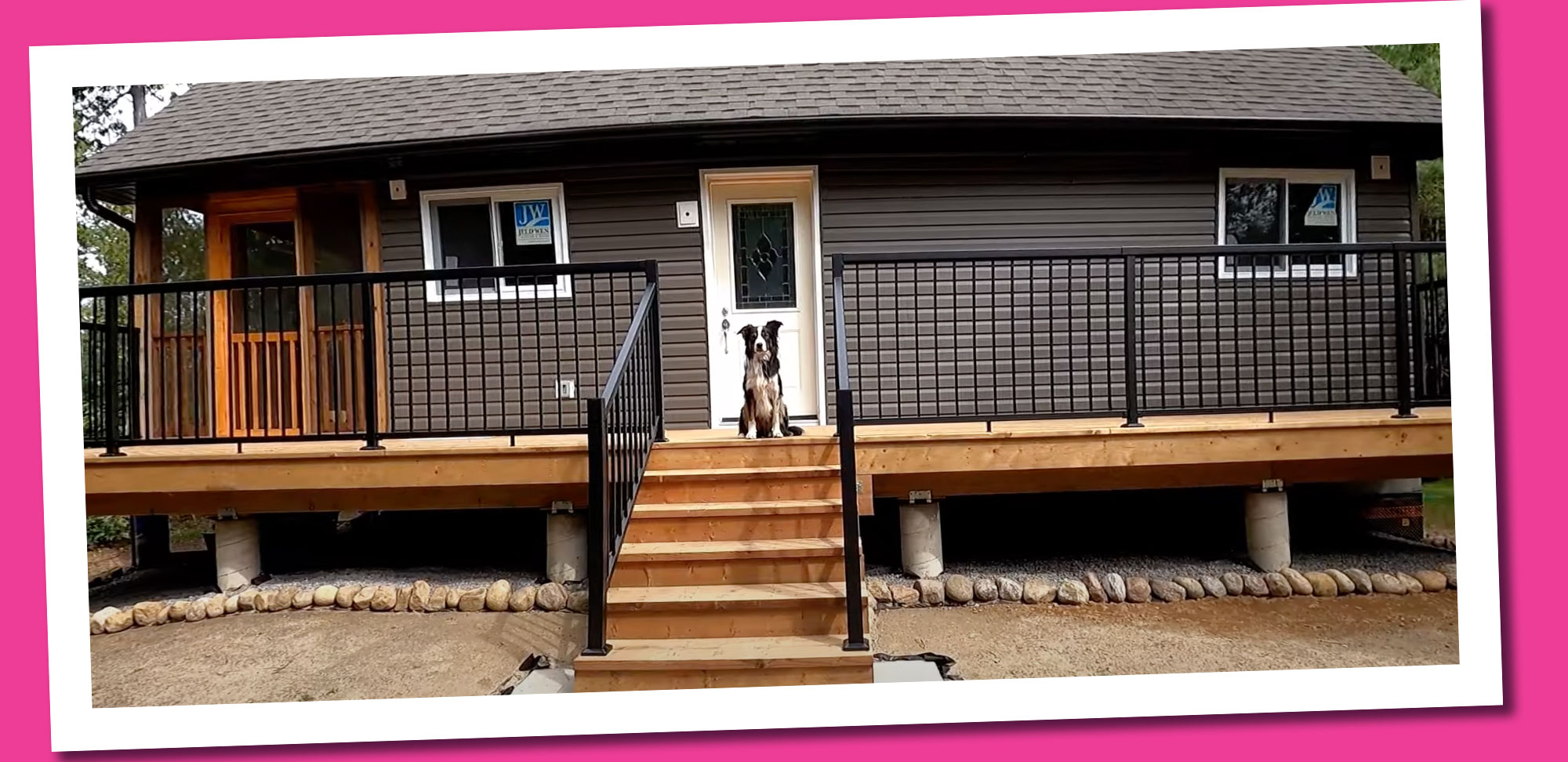What is functional training, you ask? Functional training is a program that builds strength, flexibility and balance, so you can enjoy all the activities you do in your daily life . . . getting up off a chair, carrying groceries, bending down to pick up a grandchild, and walking across a street before the light turns red.
According to functional aging specialist Kate Maliha, “Everyone needs to be able to push things, pull things, do squatting, lunging, rotational or twisting movements, stepping or gait movements, and hinging or bending movements.”
And it’s a fact. Doing specific types of exercise regularly has been shown to have a significant impact on your health and wellness, keeping you strong, protecting against dementia, improving balance and keeping you limber. It even improves your mood!
Here’s a program designed exclusively for Renaissance by Maliha, director of Vancouver’s Love Your Age, a facility that provides fitness, exercise and personal training services for healthy aging.
Renaissance functional training program
If you haven’t exercised for a while or have health challenges, be sure to check in with your doctor before beginning a new program.
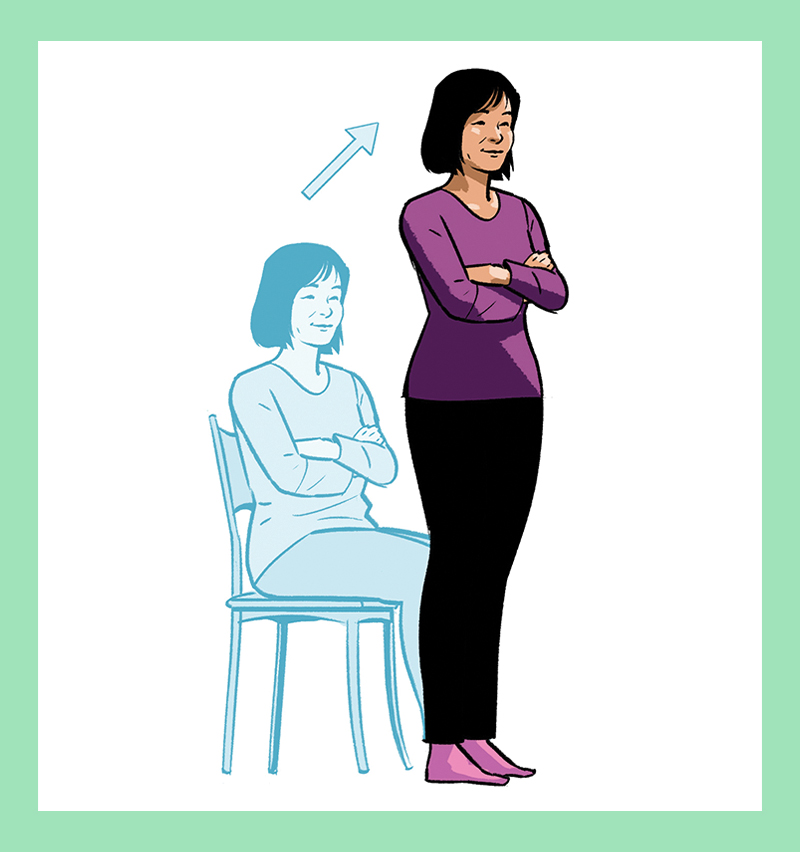
Sit to stand
The motion: Sit in a chair and stand up. Return to starting position and repeat.
Beginner’s move: Put your hands on the chair and use them to push yourself up out of the chair to a standing position. Then lower back down into the chair.
More challenging: Cross your arms on your chest and get up a little more quickly. Keep your back straight with shoulders back.
Even more challenging: Stand up and sit back down more quickly while wearing or holding weight (a backpack filled to weigh five to 10 pounds or five- to 10-pound hand weights, one in each hand). Maintain good posture.
Repetitions: Beginners should aim for five to 10 repetitions depending on ability. As you get stronger, repeat the movement a little more quickly for 20 to 30 seconds.

Hauling
The motion: Walk around while holding weights. Use good form with shoulders back.
Beginner’s move: Walk for one to two minutes with a three- to five-pound weight in each hand. Choose the weight that is more comfortable for you. Your route can be flat or walking along a gentle rise of some kind.
More challenging: Pick up heavier weights (an eight- to 10-pound weight in each hand) and lengthen your stride as you walk. Use lighter weights to start if you prefer. Your route should include a rise of some kind — a ramp or gentle hill. Walk around for two to five minutes.
Even more challenging: Wear a properly fitting backpack with waist belt filled to weigh 25 or more pounds, depending on ability. Climb two sets of stairs. Return to the bottom and repeat for two to five minutes.
Repetitions: Repeat for one to five minutes depending on ability and challenge level.
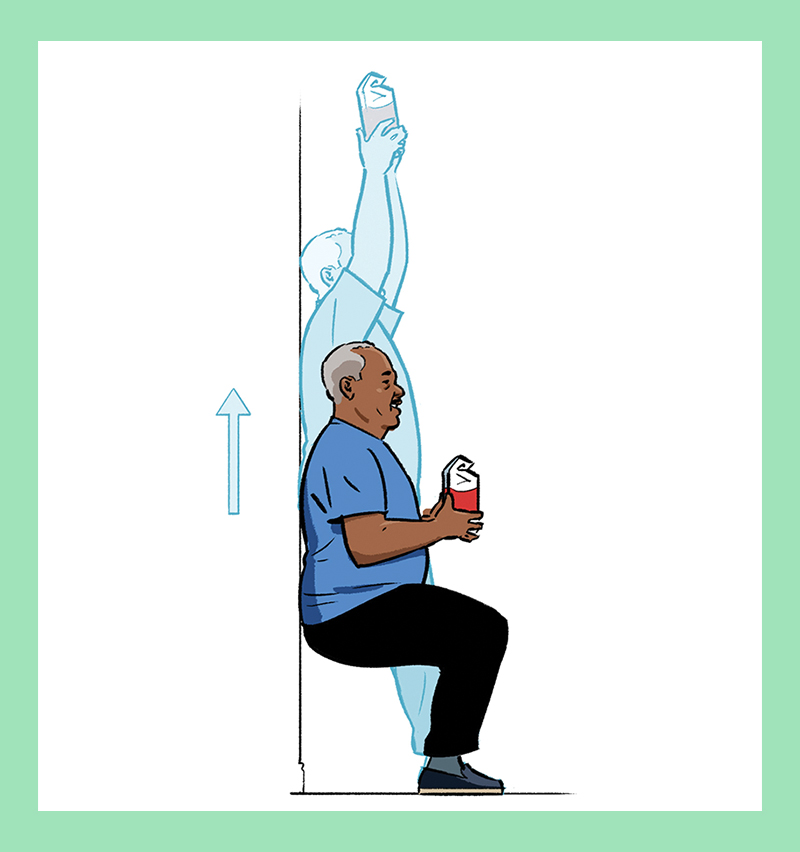
Squats to press
The motion: Hold a weight in a squat position, stand up straight and press arms up overhead.
Beginner’s move: Hold something in your hands (a bag of sugar with both hands or light weights, one in each hand, totalling three to six pounds) and position yourself against a wall in a sitting position (wall sit). Raise the weight(s) up over your head.
More challenging: Hold the bag of sugar or weights, and from a wall-sit position, push up the wall until your legs are straight as you press the bag of sugar or weights overhead. Return to starting position.
Even more challenging: Place the bag of sugar or weights on the floor in front of you. Start in a low squat (with back straight) and lean forward and down to pick up the weight from the floor with both hands. In one smooth move, stand up as you raise the weight up over your head.
Repetitions: Repeat four to 10 times. Increase weight if you can.

Cardio walking
The motion: Walk while maintaining good posture.
Beginner’s move: Walk at a comfortable speed for you.
More challenging: Add walking drills. Do 30-second intervals of longer stride lengths (30 seconds using your regular stride length, then 30 seconds using longer stride lengths). Do 30-second intervals of fast/slow speed (30 seconds regular speed, then 30 seconds at a faster pace).
Even more challenging: Incorporate balance training as well. As you walk, turn your head from one side to the other for 10 seconds, then walk without turning your head for 30 seconds. Repeat up to three times. As you walk, move eyes from left to right and right to left for 10 seconds, then walk with no added eye movement for 30 seconds. Repeat up to three times.
Repetitions: Walk in total for 15 to 20 minutes.
